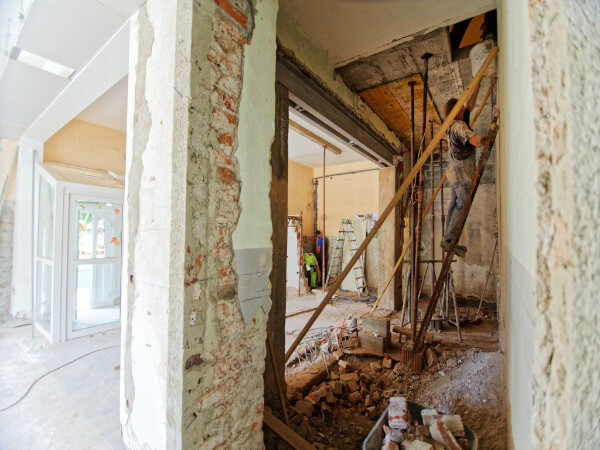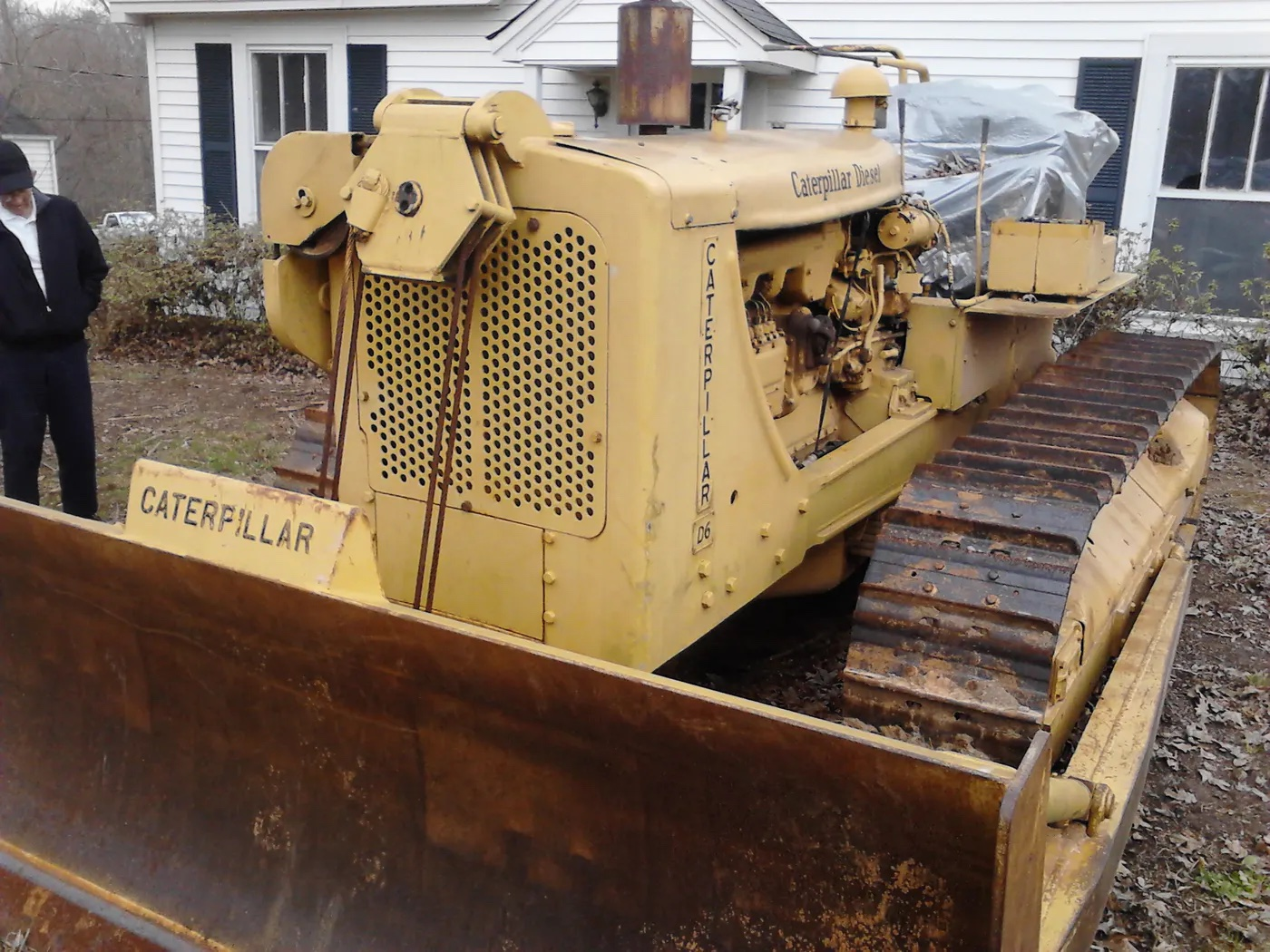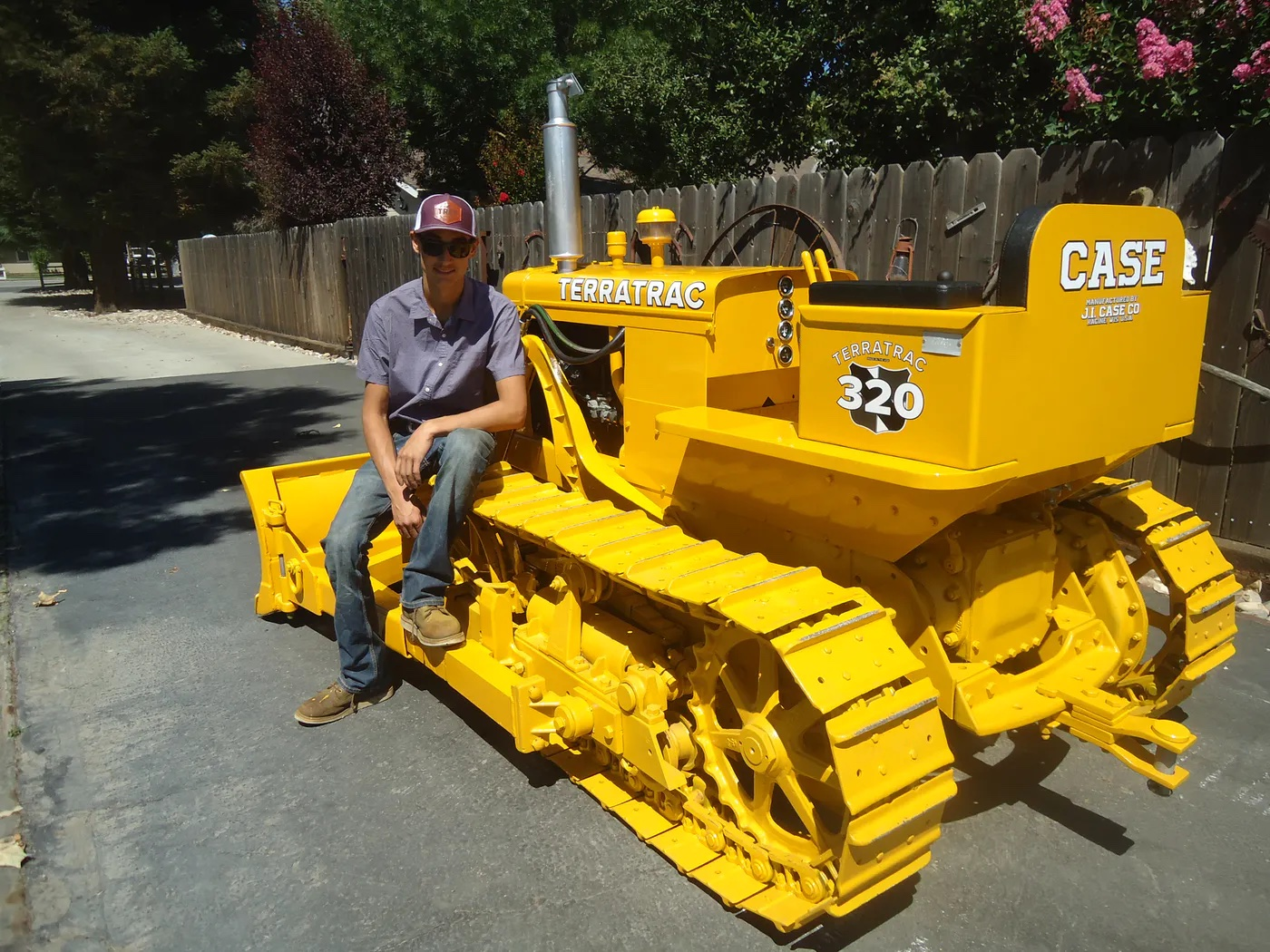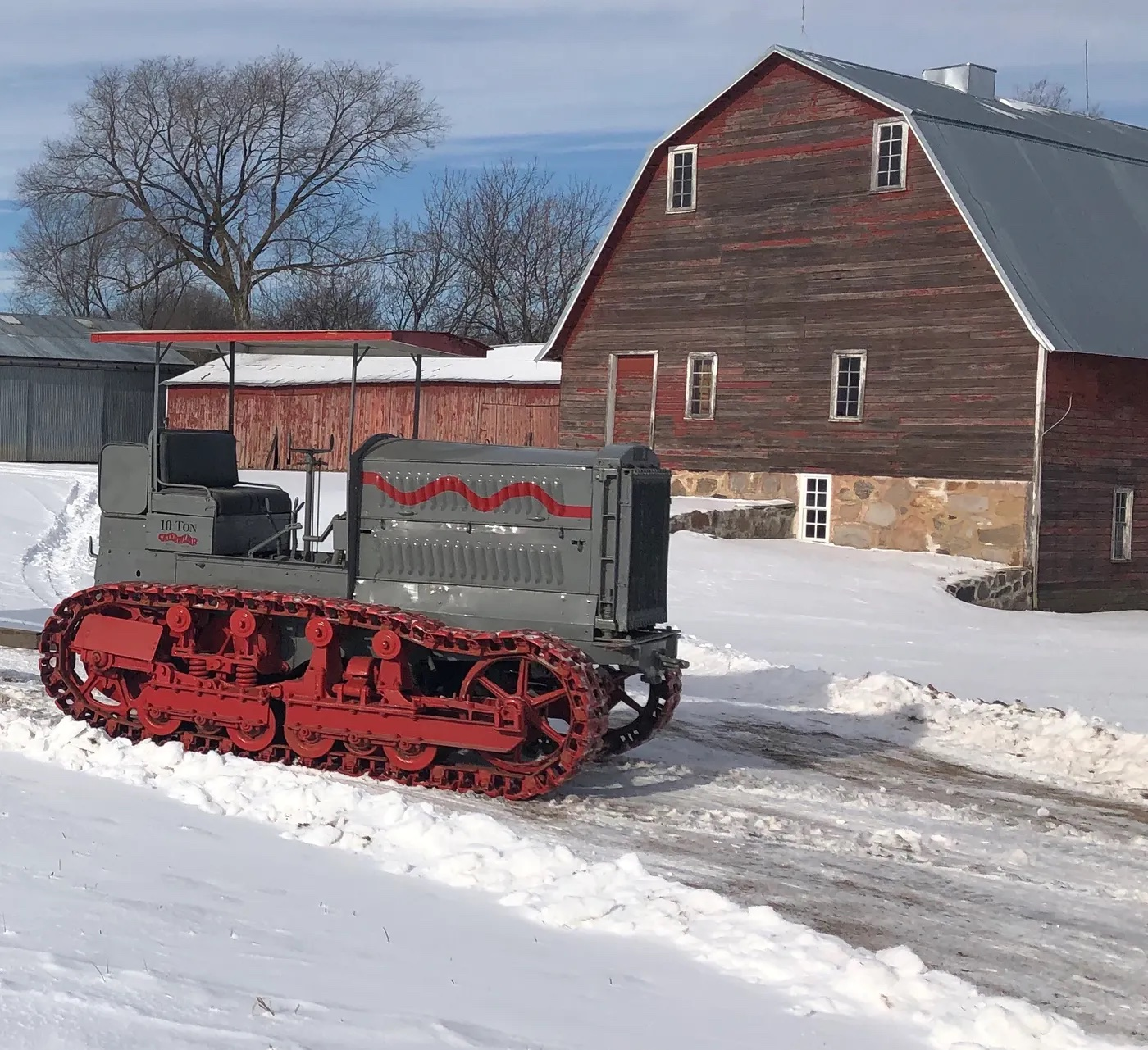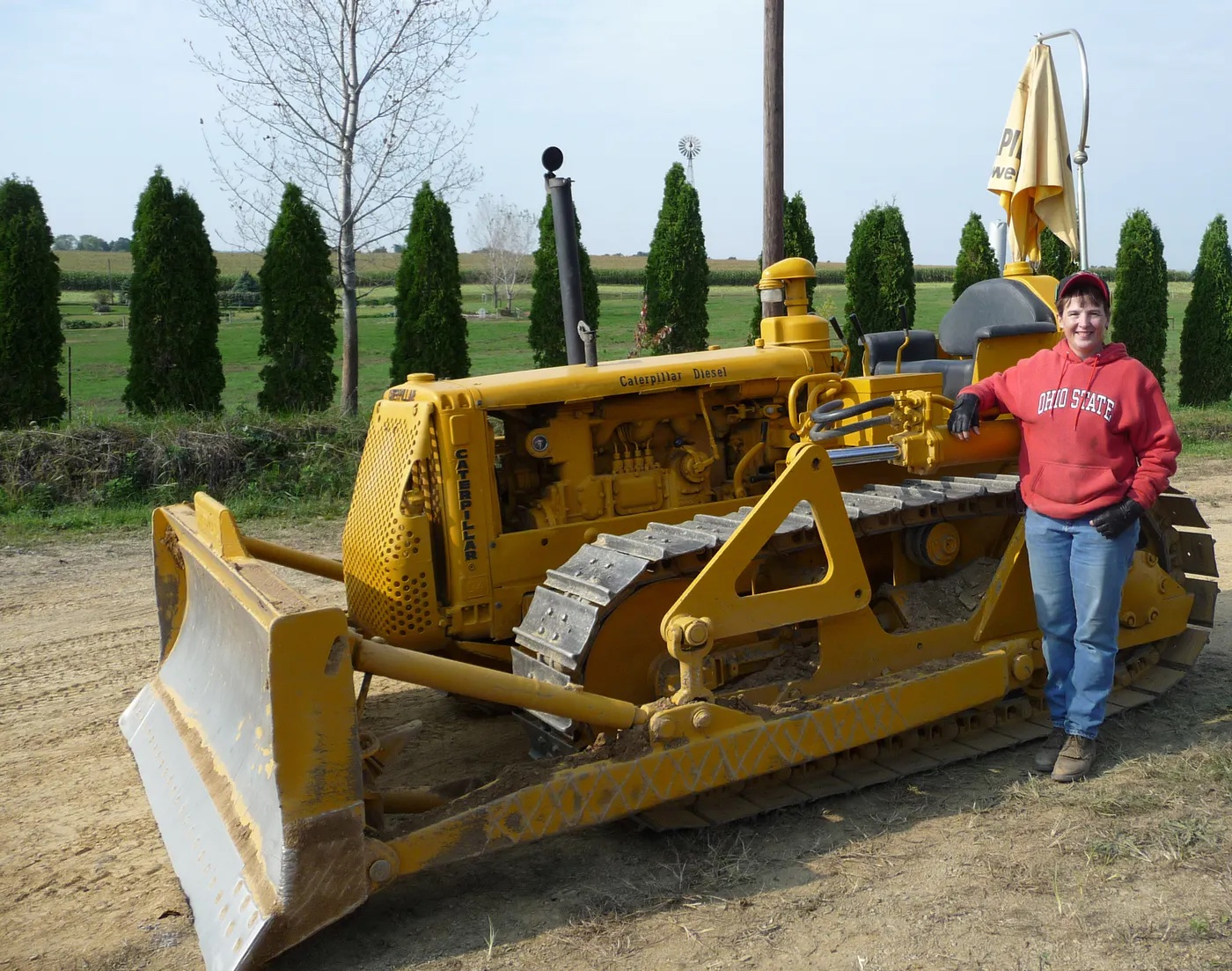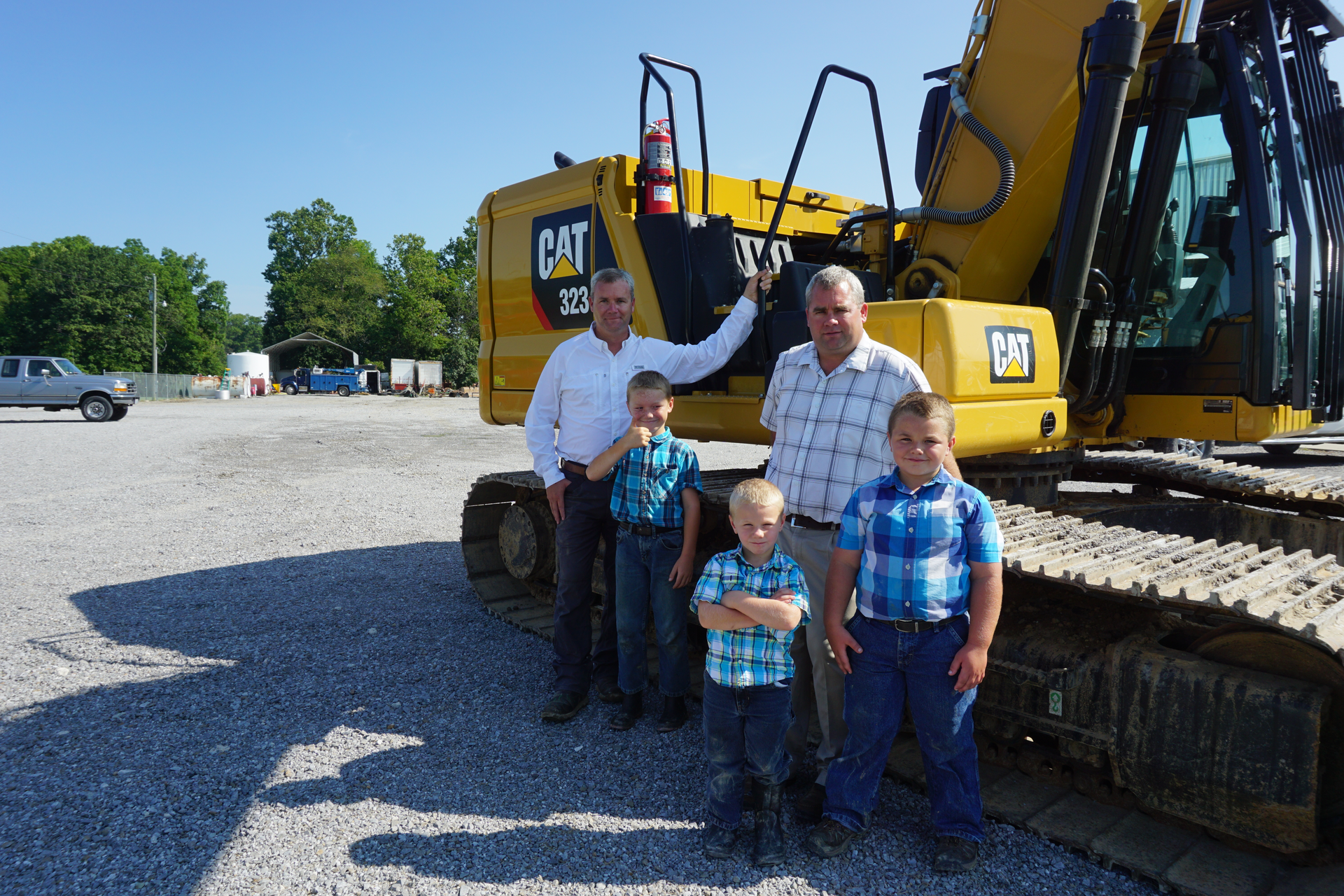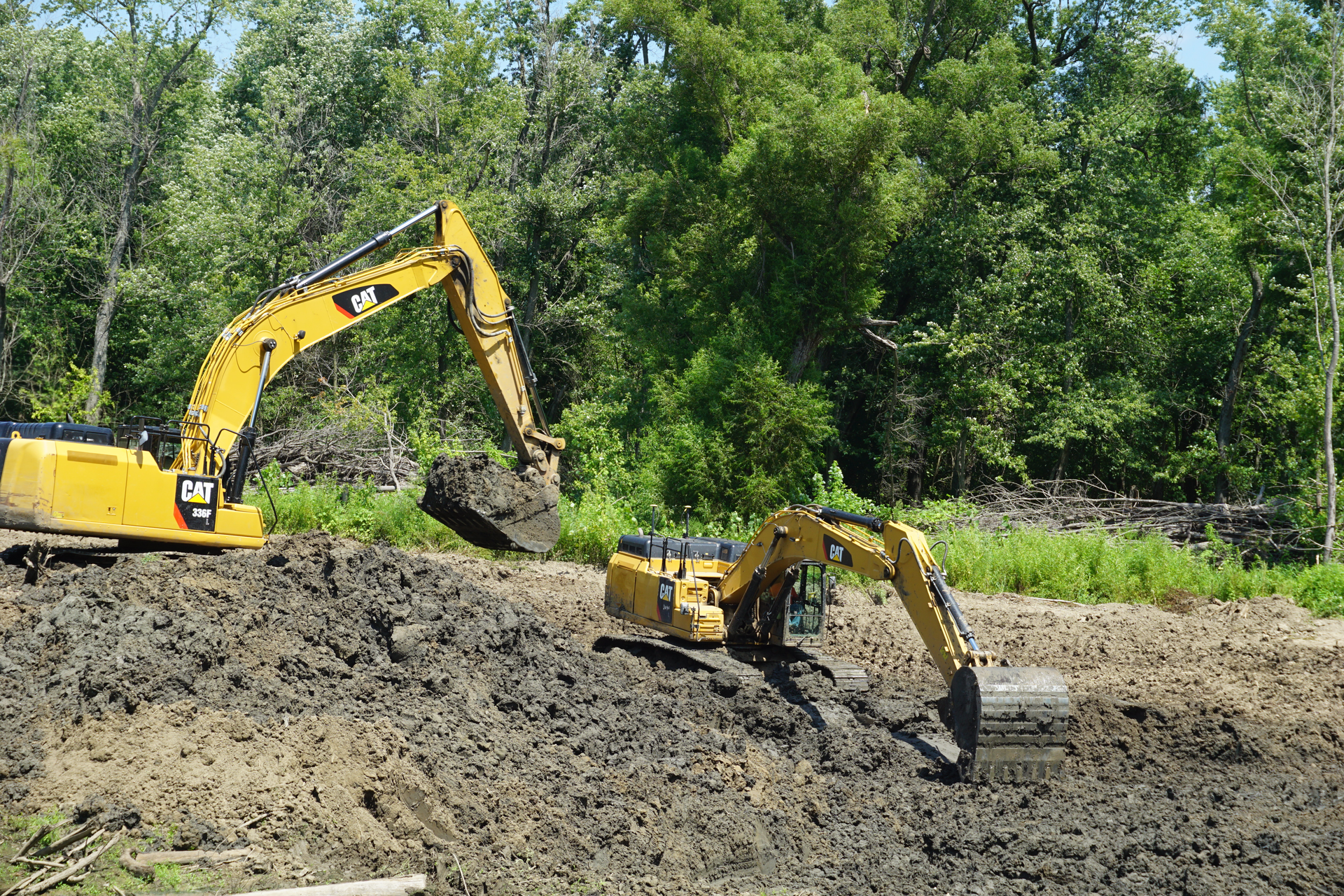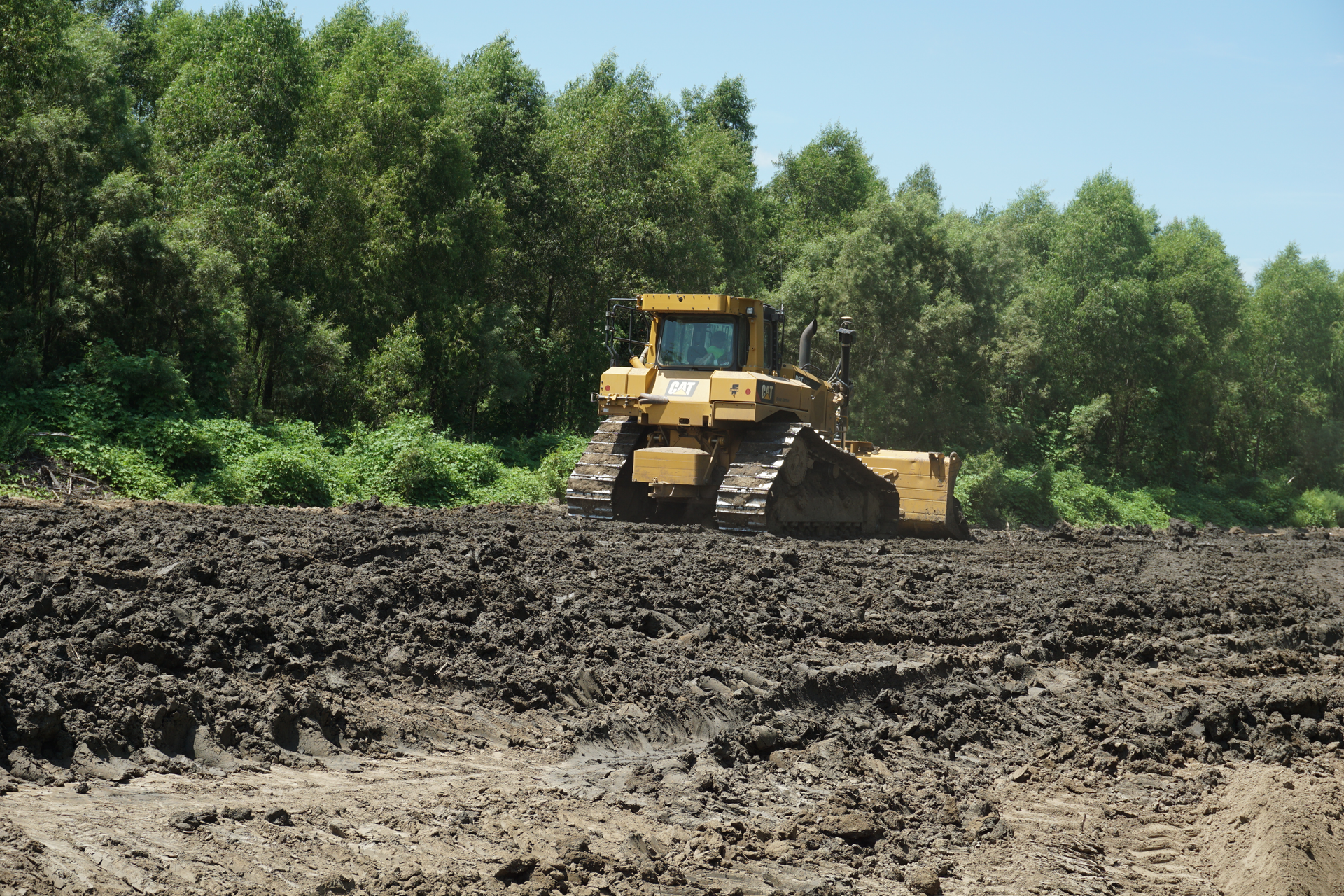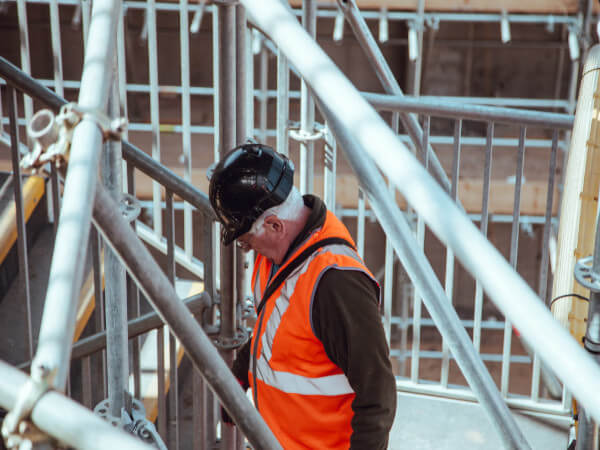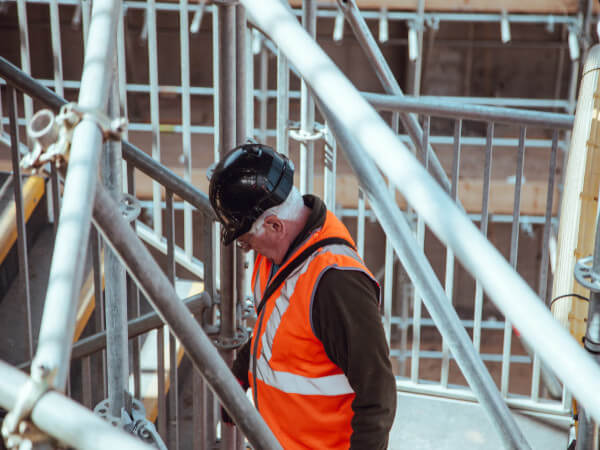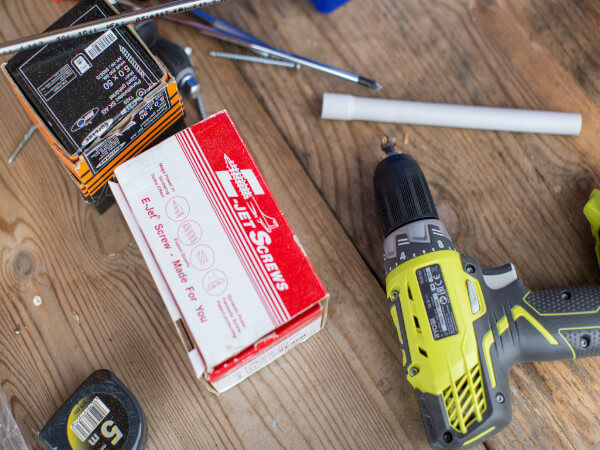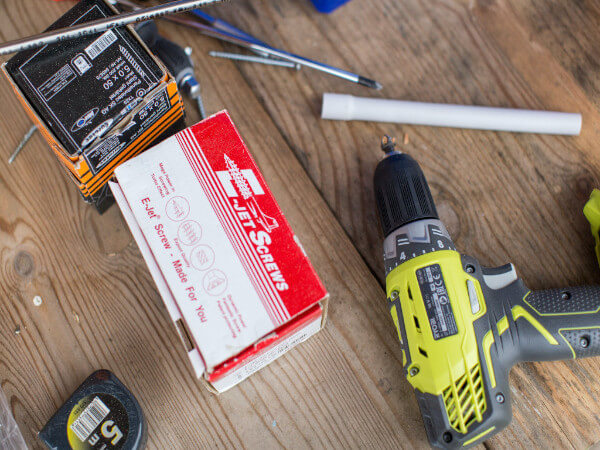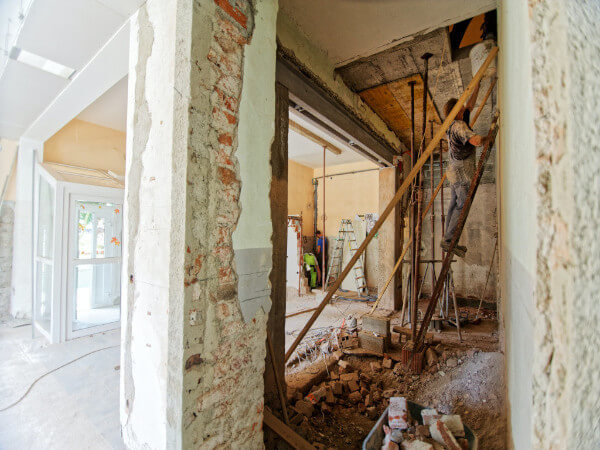
2021 marked a new year for “The Dirt” and a new host.
Bryan Furnace began hosting the weekly videos in July, bringing his experience as an equipment operator to a broad range of topics for contractors and the construction industry as a whole.
From interviews to commentary, Bryan delivers his ground-level, straight-forward perspective to bear on everything from retaining employees to the infrastructure bill.
Here are Bryan’s top five Dirt videos from 2021, as determined by the most views on equipmentworld.com:
(Want to make sure you don’t miss an episode of The Dirt? You can do so by subscribing to our Equipment World Daily Report newsletter or the Equipment World YouTube channel. We also post a new episode each week at equipmentworld.com.)
1. How Does the Infrastructure Bill Affect Contractors?
In this episode of The Dirt, we give you all the important details of the $1 trillion infrastructure bill, which has since become law, and how it affects contractors. Bryan interviews Daniel Fisher, senior vice president at the Associated Equipment Distributors, to find out what’s in the massive legislation – and what’s not. Though this interview took place before the bill’s passage, the information on the legislation remains relevant.
2. The Chip Shortage: How Did We Get Here?
The microchip shortage has been contributing to lower inventories for some equipment manufacturers. A variety of factors have coalesced into a perfect storm, creating a scarcity of chips. Long wait times for new chips are just the tip of the iceberg. Bryan breaks down the many reasons why it might be a long while before we see inventories balance out demand.
3. Construction’s “Weird Disconnect” with Young Workers
The old-timers’ constant refrain that the younger generation doesn’t want to work meets an unspoken reality. Many high school graduates have never done real manual labor and have no idea what to expect on a jobsite. That, combined with construction’s tradition of yelling at workers who make mistakes, is leading many young workers to wrongly conclude they’re just not cut out for construction. So they quit. After spending time talking with young workers, Bryan embarks on a discussion on how the construction industry can bridge this “weird disconnect.”
4. “No Call, No Show” Employees: Is This the New Normal?
Along with hosting The Dirt, Bryan is a part-time equipment operator who often fills in for employees who don’t show up for work. Not only are he and others throughout the construction industry seeing more no-shows, but there’s a growing trend of those workers not calling to let their employers know they’re going to be absent and when – or if – they’ll return. In this episode, Bryan discusses his observations of the problem – which appears to be more prevalent among worker 25 and under – and a possible solution.
5. Are You Playing ‘Musical Cabs’ With Your Operators?
Moving operators around frequently to different equipment can hurt contractors in the long run. Though it’s not always possible to keep an operator with the same machine all the time, the rewards for doing so as much as possible can mean big boosts for your two biggest assets: your employees and your equipment.
Equipment World serves up weekly videos on the latest in construction equipment, work trucks and pickup trucks — everything contractors need to get their work done. Subscribe and visit us at equipmentworld.com!
Did you miss our previous article…
https://www.3555pacific.com/?p=934
